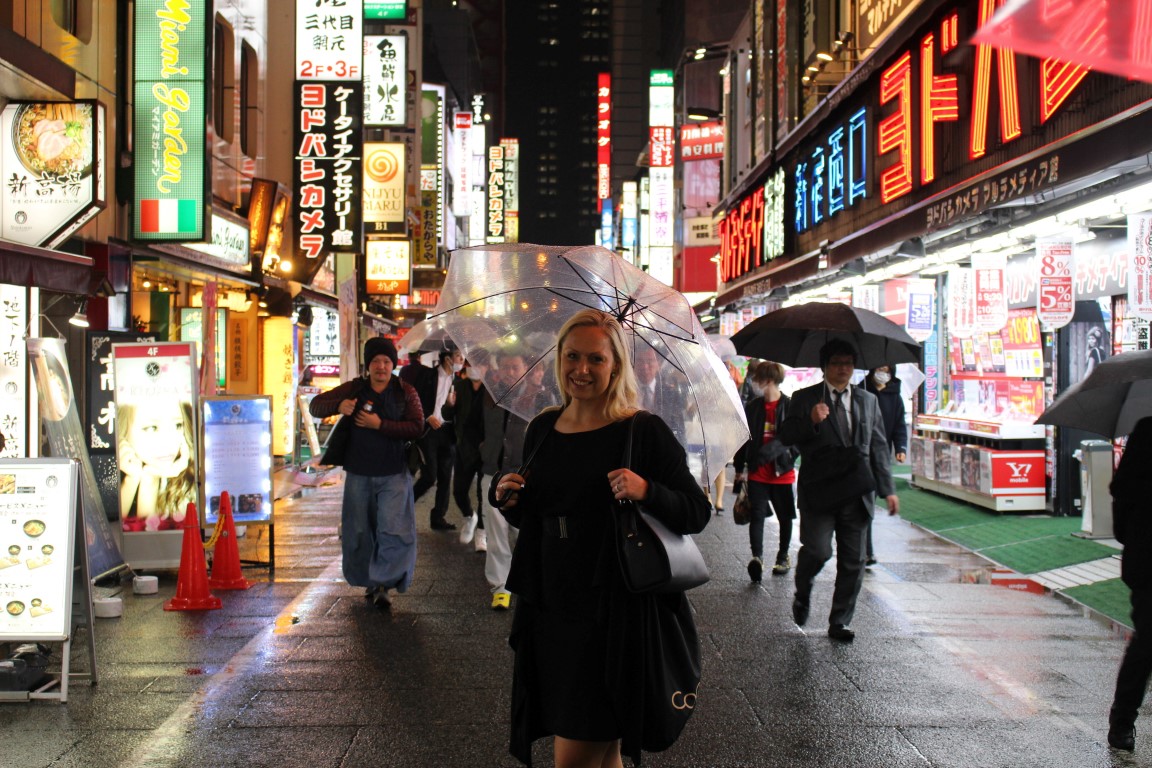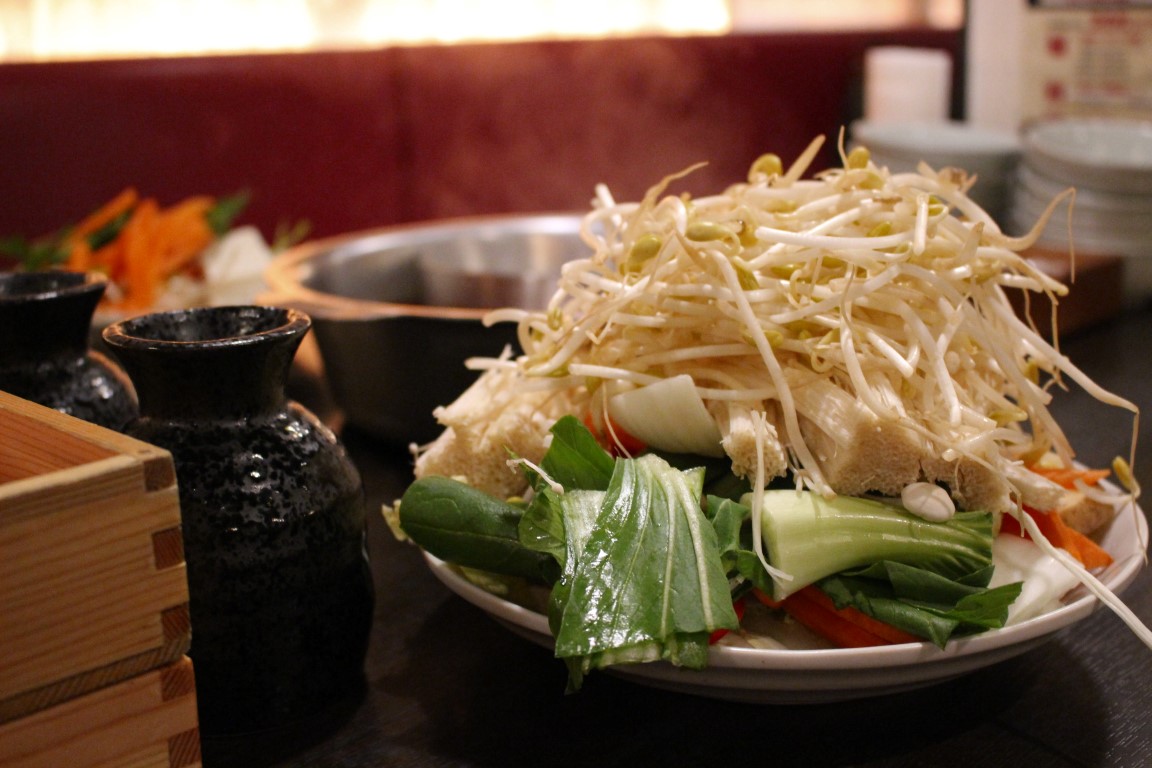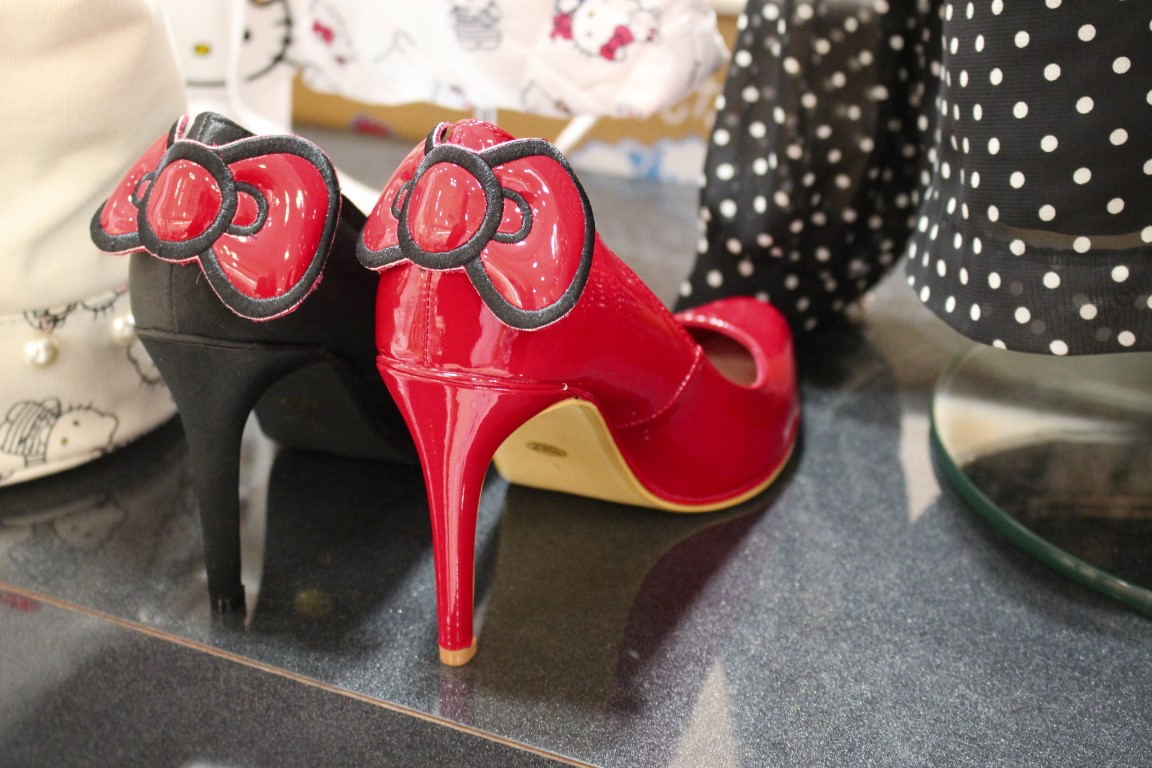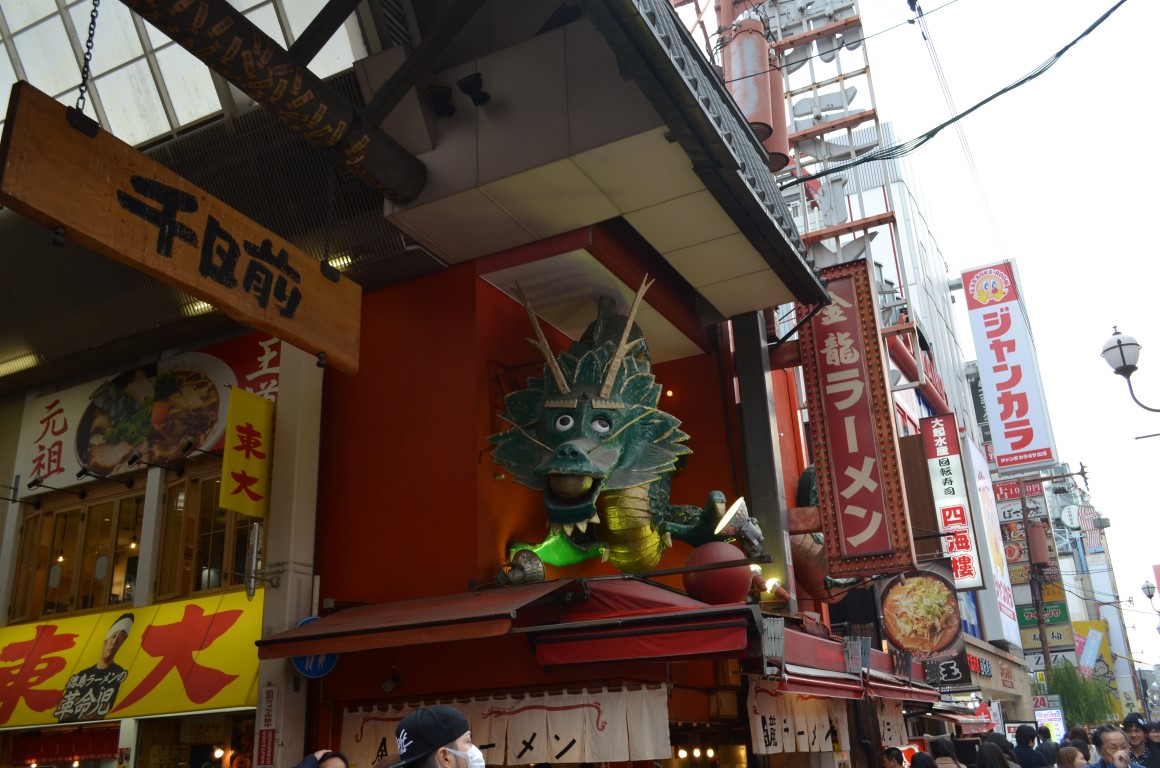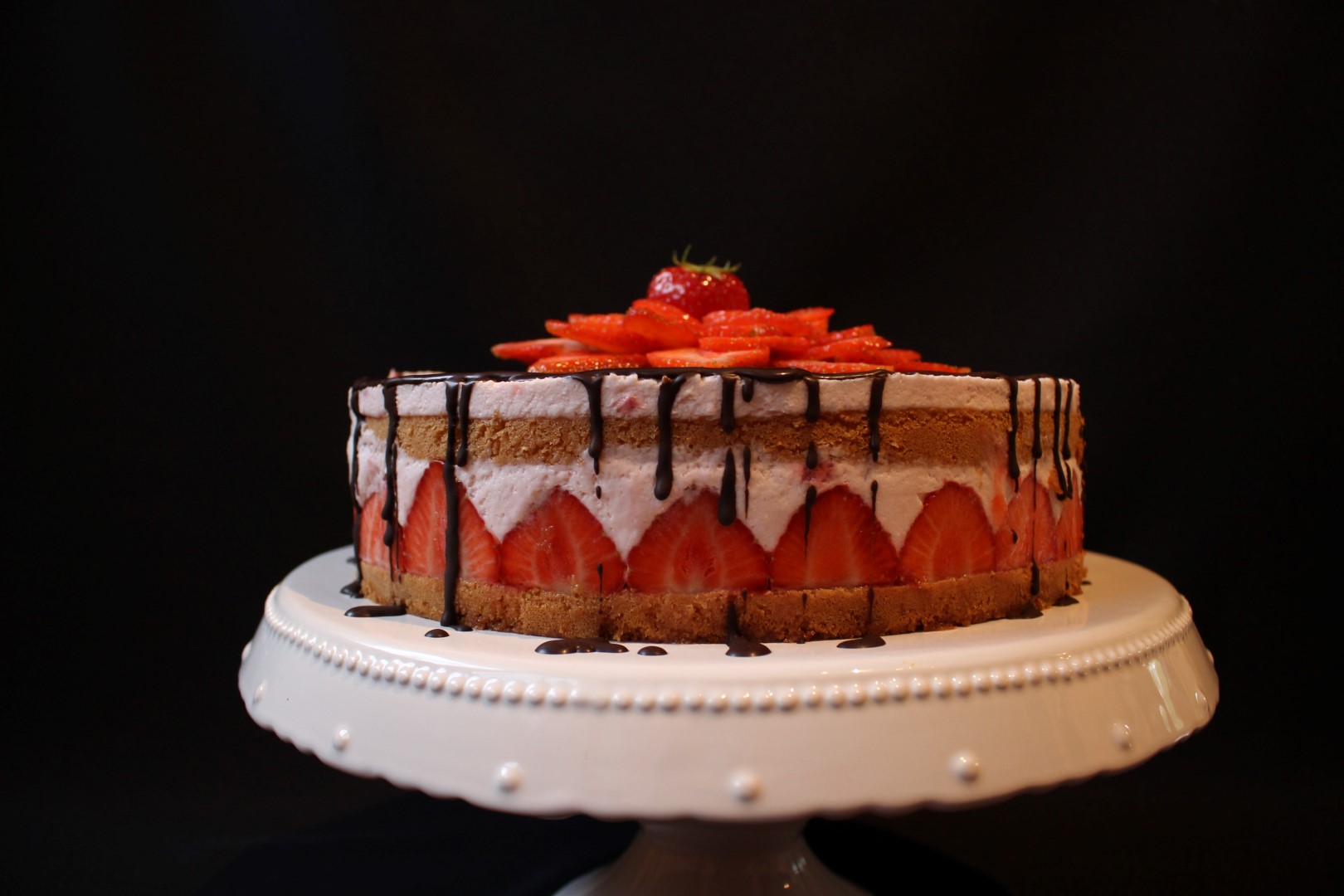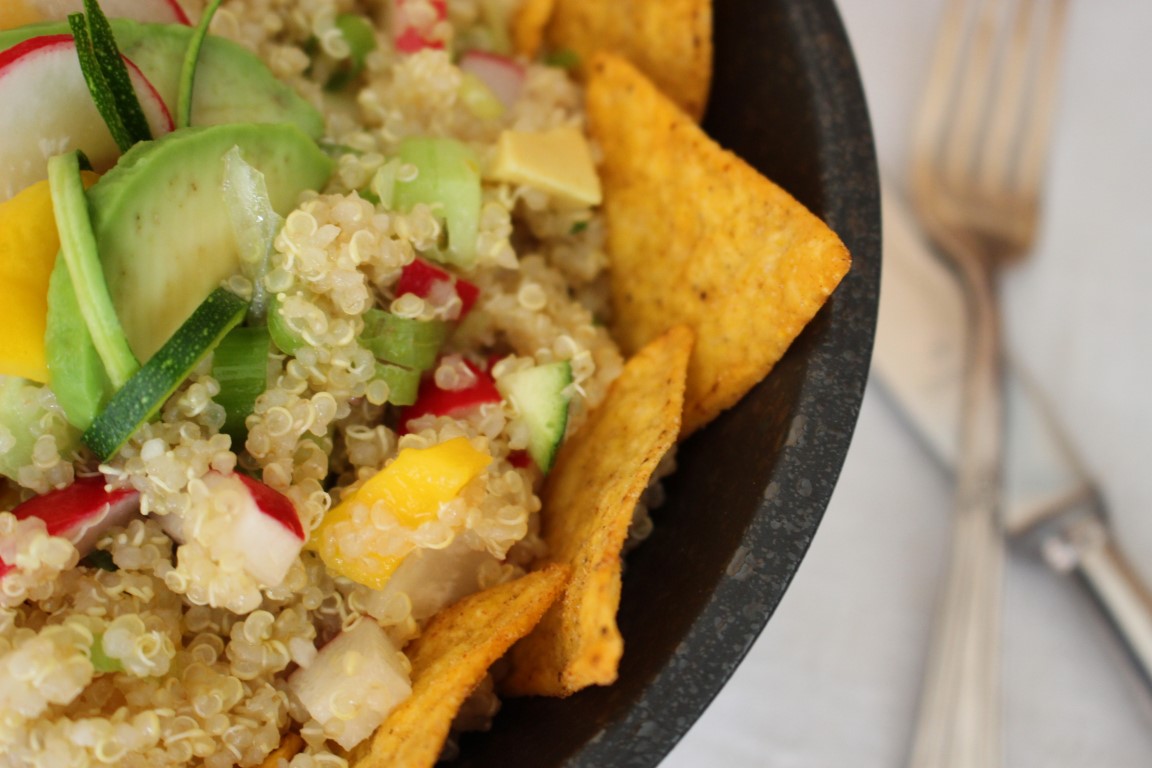-
Japan im Herbst: Die 10 schönsten Reiseziele
Die Herbstzeit ist die schönste Jahreszeit, um Japan zu entdecken. Momijigari, übersetzt aus dem Japanischen momiji (deutsch “Rote Blätter”) und kari (deutsch “Jagen”), ist der Trend die schönsten Ziele und Herbstlandschaften zu besuchen. Im Herbst zur Laubfärbung ist es besonders schön in Japan, weil die Blätter sich rot färben und Ausflüge in Parks und Wälder besonders angesagt sind. Wenn ein Fotospot besonders schön ist, sieht man ganze Grüppchen von Menschen die sich versammeln und die roten Blätter bewundern. Ende Oktober bis Mitte November ist in Japan mildes Klima, kaum Regen und alles ist im wunderschönen Herbstfarben. Ich habe euch meine ´´Route mit den schönsten Reiszielen von Osaka nach Tokyo zusammengestellt:…
-
Top 5 Things to Do in Ikebukuro Tokyo
If you made a wish list of what to do and what to see in Tokyo, a list of Tokyo ‘must haves’ then Ikebukuro would surely fulfill most of your requirements: Ikebukuro is one of Tokyo’s biggest districts with art and culture spots I can recommend during your Japan trip. So why not experience a different side of Tokyo? Here are 5 things to do in Ikebukuro. 1. Tokyo Metropolitan Theater: Culture and Architecture? If you feel that you want to get away from the hustle and want to enjoy a wonderful time, take the west exit of Ikebukuro station. The Tokyo Metropolitan theatre offers a variety of unique music program,…
-
Nabezo Ikebukuro: The best Shabu-shabu restaurant in town
What is Shabu-shabu? Have you ever heard of Shabu-shabu? Sounds like your dog’s tail whisking the floor? Nope, it’s the sound of stirring Shabu-shabu’s ingredients in this well-known hot-pot dish. Consisting mainly of paper-thin beef slices and many vegetables, the pot of steaming broth is served. The diner selects his choice of ingredients and dips them into the broth. The beef will need mere seconds to be ready – thanks to its exceeding thinness. Is Shabu-shabu the right thing for you? Soon after your order, the hot pot arrives and the waiter will be happy to help with your first round of self-boiled beef. Then, you can proceed as you…

